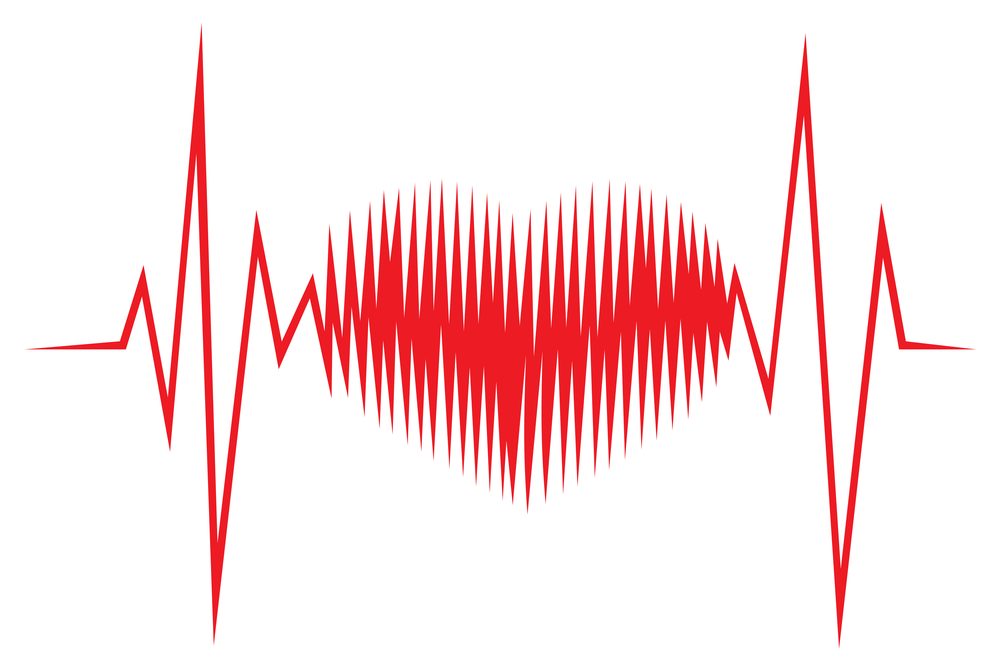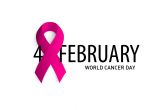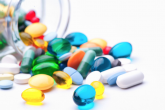
Do you know that stroke and heart disease, have replaced malaria and tuberculosis on the list of 5 leading causes of death in Sub-Saharan Africa (SSA)? The two non-communicable diseases are now the leading causes of sudden death in adults over 30 years old.
5 Leading Causes of Death SSA 2015 (WHO Global Deaths Report 2017)
- Lower respiratory tract infections (1 million)
- HIV/AIDS (760,000)
- Diarrheal diseases (643,000)
- Stroke (451,000)
- Heart Disease (441,000)
Sudden death in anyone under 70 years is always shocking. In SSA however, sudden death is often attributed to “external” causes. There is an African mindset about health that blames supernatural causes such as witchcraft, spiritual attacks, generational curses, and other such influences for illness.
Thinking this way negatively affects when, how and where we seek health care, delaying proper diagnosis and appropriate treatment. Inevitably this mindset leads to unnecessary complications and in many cases unnecessary deaths. This uniquely African mentality also promotes a culture of myths, misconceptions, and misinformation about diseases.

What causes Stroke and Heart Disease?
Heart disease and cardiovascular disease are words that you can use interchangeably. Cardiovascular disease refers to conditions that involve narrowed or blocked blood vessels that can lead to a heart attack, chest pain (angina) or stroke. Hypertension is a cardiovascular disease.
A heart attack and a stroke are essentially the same conditions occurring in two different parts of the body. Your heart muscle needs oxygen to survive. You get a heart attack when the blood flow that brings oxygen to the heart muscle is severely reduced or cut off completely. When the heart muscle is starved of oxygen and nutrients, damage or death of part of the heart muscle occurs, referred to as heart attack or myocardial infarction (MI).
In the same way, your brain needs oxygen to survive. A stroke occurs when blood flow to a part of the brain is blocked, most often as a result of hypertension. If blood flow is cut off for longer than a few seconds, the brain can’t get blood and oxygen, and part of the brain dies or is damaged.
The uncomfortable truth is that a stroke or heart attack is the last part of a process that started sometime before and isn’t as sudden as it appears.
Blood vessels throughout the body, including coronary arteries that supply the heart muscle with blood, can gradually become narrow from a buildup of cholesterol, fat, and other substances that together are called plaque. This slow process is known as atherosclerosis. When a plaque in an artery breaks off, a blood clot forms around the plaque. The blood clot can block the blood flow to major organs causing damage or death of the heart muscle, brain, and kidneys.

What puts you at risk for stroke or heart attack?
Unhealthy lifestyle habits such as a high-fat diet, high salt intake, lack of exercise, smoking, and excessive alcohol use put you at risk for heart disease, heart attack, hypertension, and stroke. Your genetic makeup, black race, and obesity also place you at risk for cardiovascular disease.
Obesity or being overweight, the result of so-called “good living” is a significant risk factor that will ultimately reduce the quality of your life and may even shorten life expectancy. Even if you’re not overweight but have consistently high cholesterol levels, have hypertension or diabetes you’re at risk of “sudden” death from a heart attack or stroke.
Regardless of age, it’s never too late to make lifestyle changes that can reduce your risk for stroke and heart attack.

